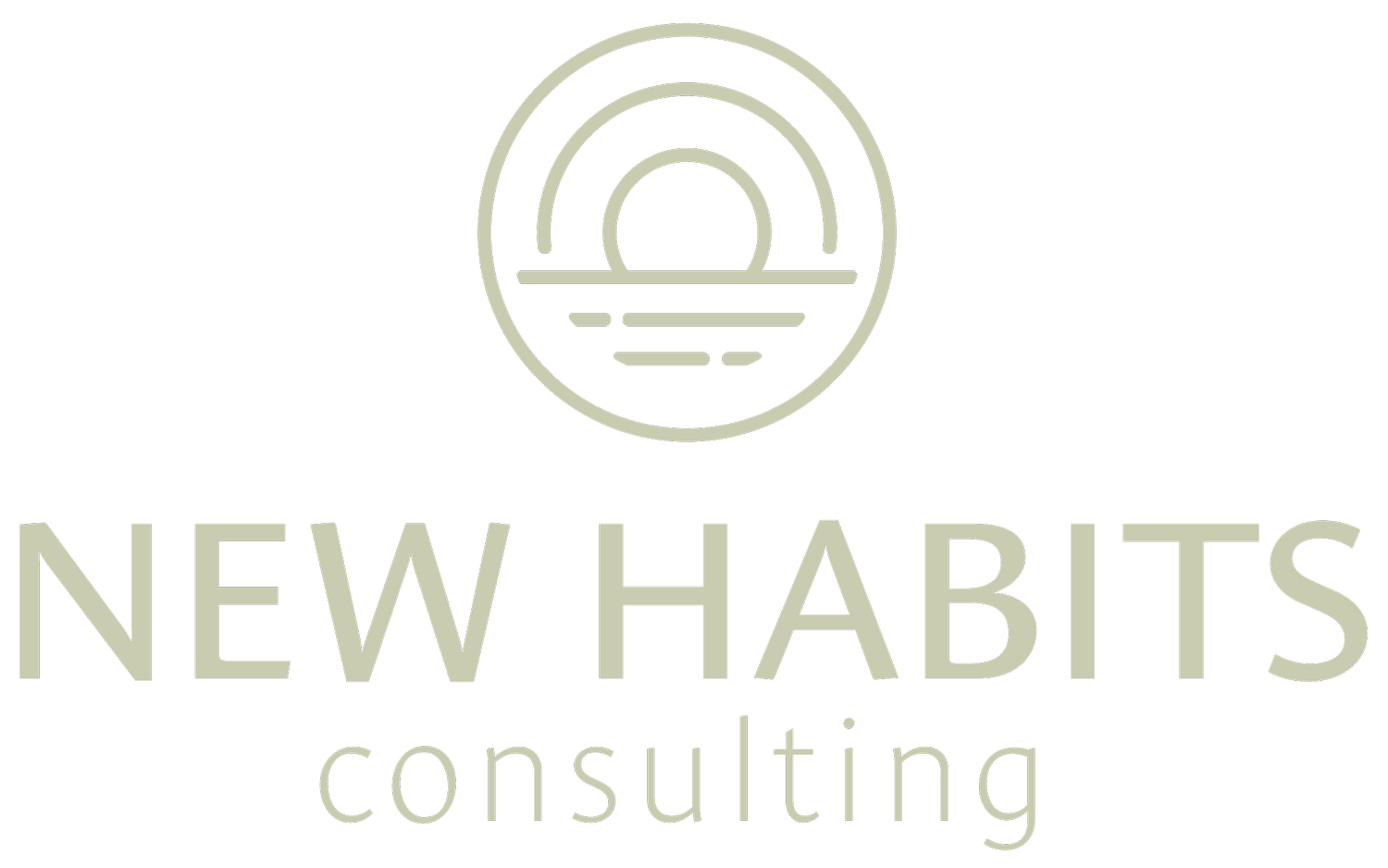SMART Goals or SMARTS Goals: Common Approach to Goal Setting
Setting SMART goals has become a popular system for behavior change. The SMART acronym helps set attainable and measurable goals, enabling effective progress tracking. The best part of using the SMART format is that you can apply it to any goal, whether work, exercise, parenting, or anything else.
There are two versions of the acronym for SMART. The “S,” “A,” and “R” are similar; however, they differ in the “M” and “T.” A more common version instructs that the “M” stands for measurable, which is an excellent recommendation because if you can count it, you can change it. The “T,” in this case, stands for timebound, which means that you are setting time parameters around meeting your goal. In the lesser-used version (Geller, 2003), the “M” stands for meaningful. Understanding why you’ve set the goal and connecting the goal to your values will gain more buy-in. The “T” stands for trackable, just like the “M” for measurable, meaning you can count the behavior.
SMART Goals are Antecedent Interventions
SMART goals are a great starting point, but in the end, they are just that, a start. Goal setting, in general, is known as an antecedent intervention, which means you are intervening before the behavior(s) is to occur. Antecedents work at first because they get the behavior going; however, consequences ultimately select what behavior sticks around. A common saying in ABA is, ‘Behavior goes where reinforcement flows,’ meaning reinforcing consequences (consequences that increase the likelihood of the behavior occurring) strengthen behavior(s) and keep behaviors going.
“The SMART acronym helps set attainable and measurable goals, enabling effective progress tracking. “
Should SMART become SMARTS?
Geller’s version of SMART helps connect you to your values; however, this may not be enough. So maybe we should look to add an “S” and make SMART into SMARTS. The “S”’ stands for support. Support could mean reinforcing consequences associated with attempts to reach your goal. You could set yourself up to receive social praise or recognition from another or a tangible award, anything that will strengthen your attempts at behavior change until you reach your goal. Receiving feedback is an essential way to keep behavior moving. Even if the goal is meaningful and helpful, it is easy to fall back into old habits.
SMART Goal Versus SMARTS Goal
What Do You Think?
What do you think? Will adding a support system to your SMART goal increase the likelihood that you will reach your goal? Let us know in the comments.
Are you looking for more great tips? Check out the other blog articles on our learning hub.



